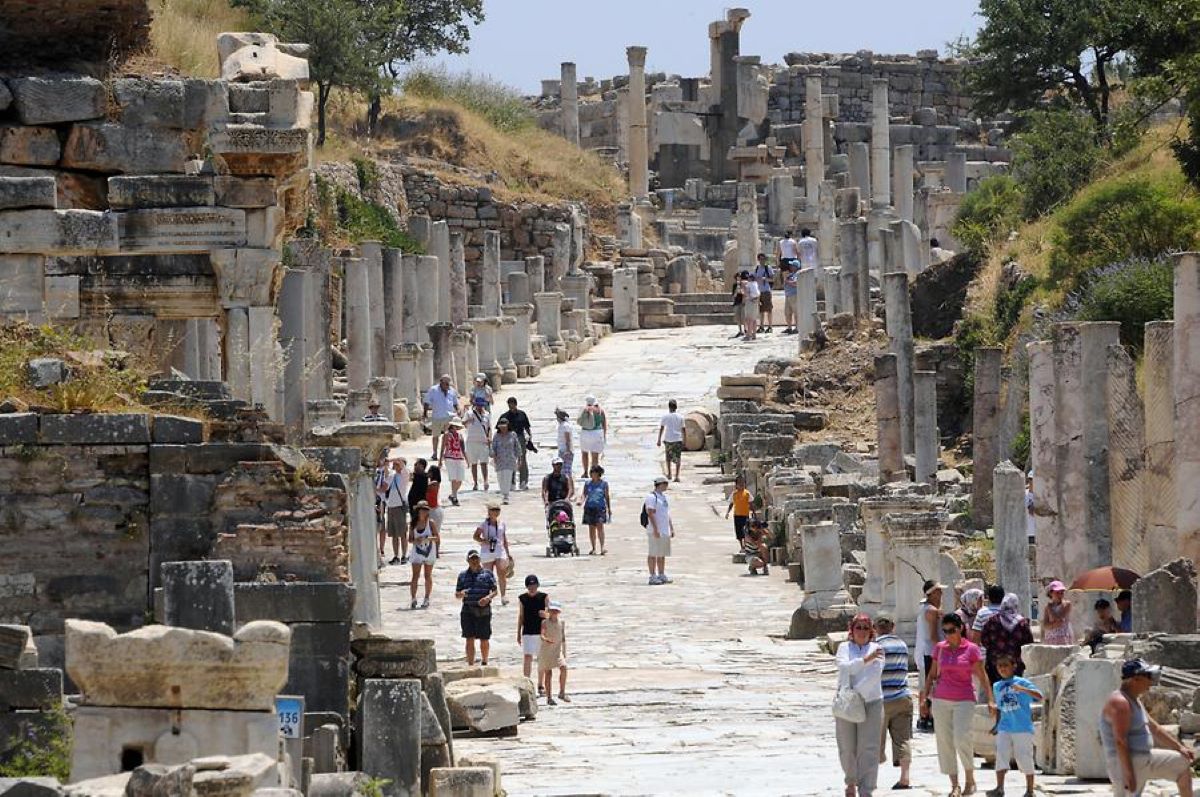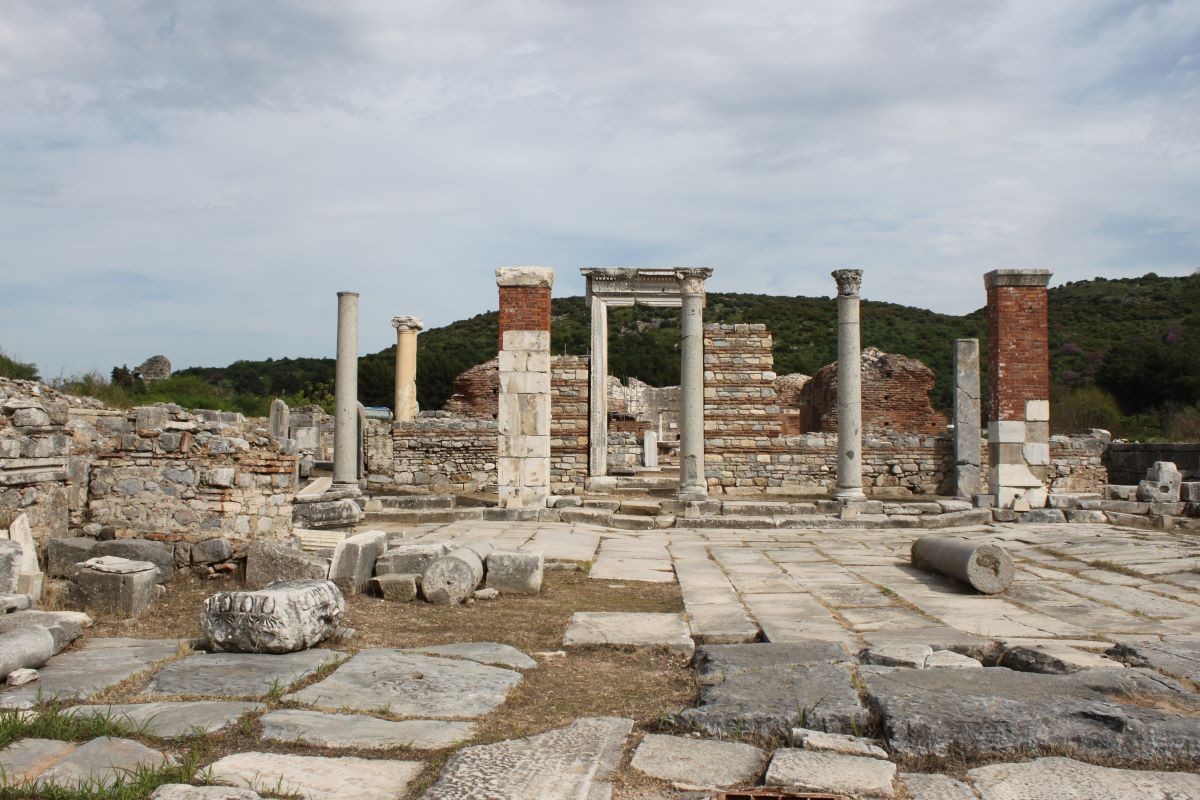The Council of Ephesus, convened in 431 AD, is a pivotal event in Christian history.…

The Curetes Street of Ephesus: A Journey Through Time
The ancient city of Ephesus is a site of remarkable historical significance, with a rich legacy of art, culture, and civilization. One of the most impressive features of this ancient city is the Curetes Street, which is widely regarded as one of the most important and well-preserved ancient streets in the world.
The Curetes Street, also known as the Curetes Way, is a long, winding road that runs through the heart of Ephesus. The street is lined with a stunning array of ancient buildings, temples, and monuments, each of which bears testament to the remarkable engineering and artistic skills of the ancient inhabitants of Ephesus.
Historians believe that the Curetes Street was built during the Hellenistic period, around the 4th century BC. At the time, the street was an important commercial and cultural center, serving as a hub for trade and intellectual activity. Over the centuries, the street has undergone several renovations and restorations, with each era leaving its mark on the architecture and design of the street.
One of the most striking features of the Curetes Street is its intricate paving, which consists of large blocks of marble arranged in a herringbone pattern. The marble paving is not only aesthetically pleasing but also functional, as it provides a level surface for pedestrians to walk on.
As one walks down the Curetes Street, it is impossible not to be awed by the sheer scale and grandeur of the ancient structures that line the road. The street is flanked by towering columns, ornate archways, and imposing facades, each of which tells a story of the city’s past.
One of the most notable structures on the Curetes Street is the Library of Celsus, which was built in the 2nd century AD. This impressive structure served as a center of learning and scholarship, housing thousands of ancient texts and manuscripts. Today, the Library of Celsus is one of the most popular tourist attractions in Ephesus, drawing visitors from all over the world.
Another striking feature of the Curetes Street is the Temple of Hadrian, which was built in the 2nd century AD. The temple is an impressive example of Roman architecture, with ornate carvings and intricate details that showcase the skill of the craftsmen who built it.
As one walks down the Curetes Street, it is impossible not to feel a sense of awe and wonder at the grandeur of the ancient structures that line the road. The street is a testament to the remarkable achievements of the ancient inhabitants of Ephesus, who created a city that was not only beautiful but also functional and forward-thinking.
Today, the Curetes Street remains one of the most important historical sites in Turkey, drawing thousands of visitors every year who come to marvel at its stunning architecture and rich history. A journey down the Curetes Street is a journey through time, a chance to experience firsthand the grandeur and beauty of ancient Ephesus.



This Post Has 0 Comments